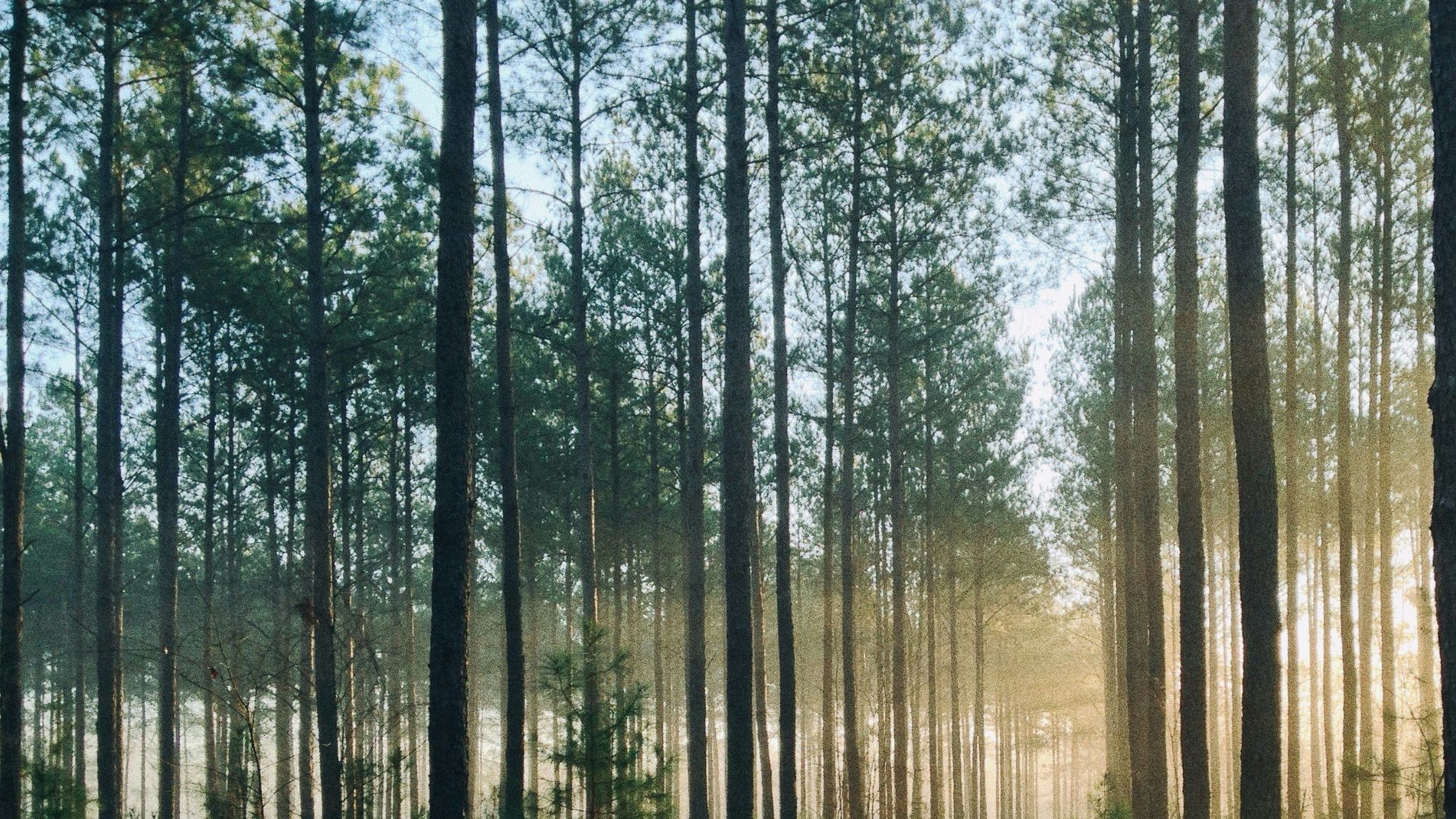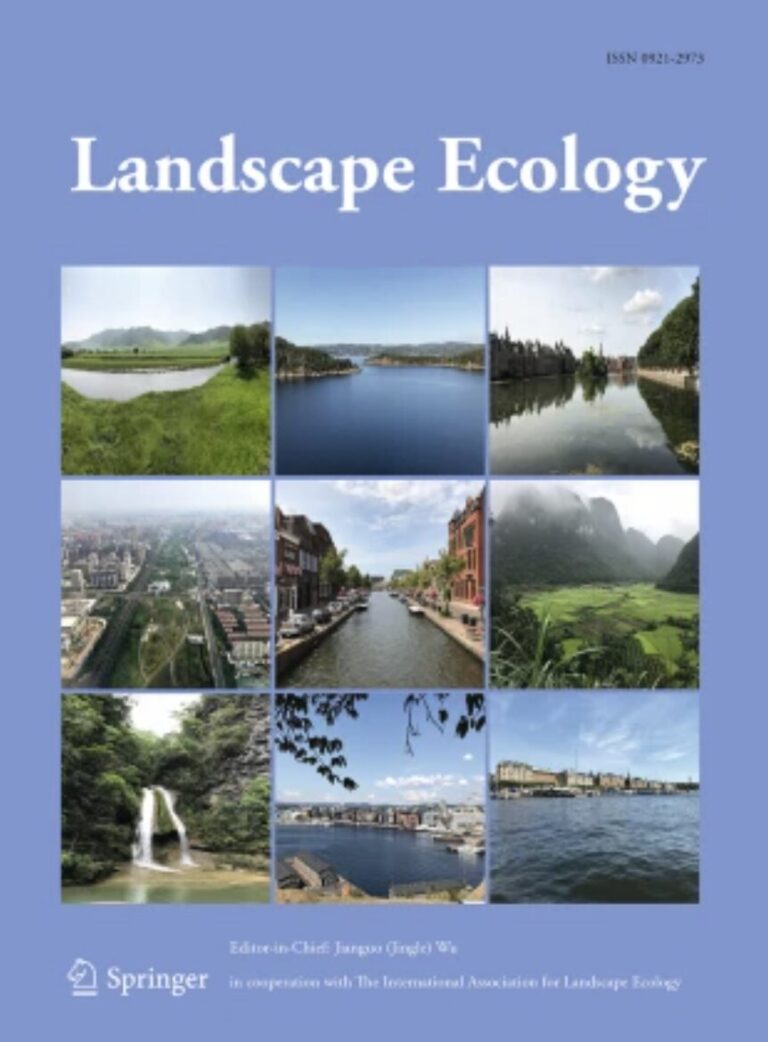Context
Wildfires destroy thousands of buildings every year in the wildland urban interface. However, fire typically only destroys a fraction of the buildings within a given fire perimeter, suggesting more could be done to mitigate risk if we understood how to configure residential landscapes so that both people and buildings could survive fire.
Objectives
Our goal was to understand the relative importance of vegetation, topography and spatial arrangement of buildings on building loss, within the fire’s landscape context.
Methods
We analyzed two fires: one in San Diego, CA and another in Boulder, CO. We analyzed Google Earth historical imagery to digitize buildings exposed to the fires, a geographic information system to measure some of the explanatory variables, and FRAGSTATS to quantify landscape metrics. Using logistic regression we conducted an exhaustive model search to select the best models.
Results
The type of variables that were important varied across communities. We found complex spatial effects and no single model explained building loss everywhere, but topography and the spatial arrangement of buildings explained most of the variability in building losses. Vegetation connectivity was more important than vegetation type.
Conclusions
Location and spatial arrangement of buildings affect which buildings burn in a wildfire, which is important for urban planning, building siting, landscape design of future development, and to target fire prevention, fuel reduction, and homeowner education efforts in existing communities. Landscape context of buildings and communities is an important aspect of building loss, and if taken into consideration, could help communities adapt to fire.


